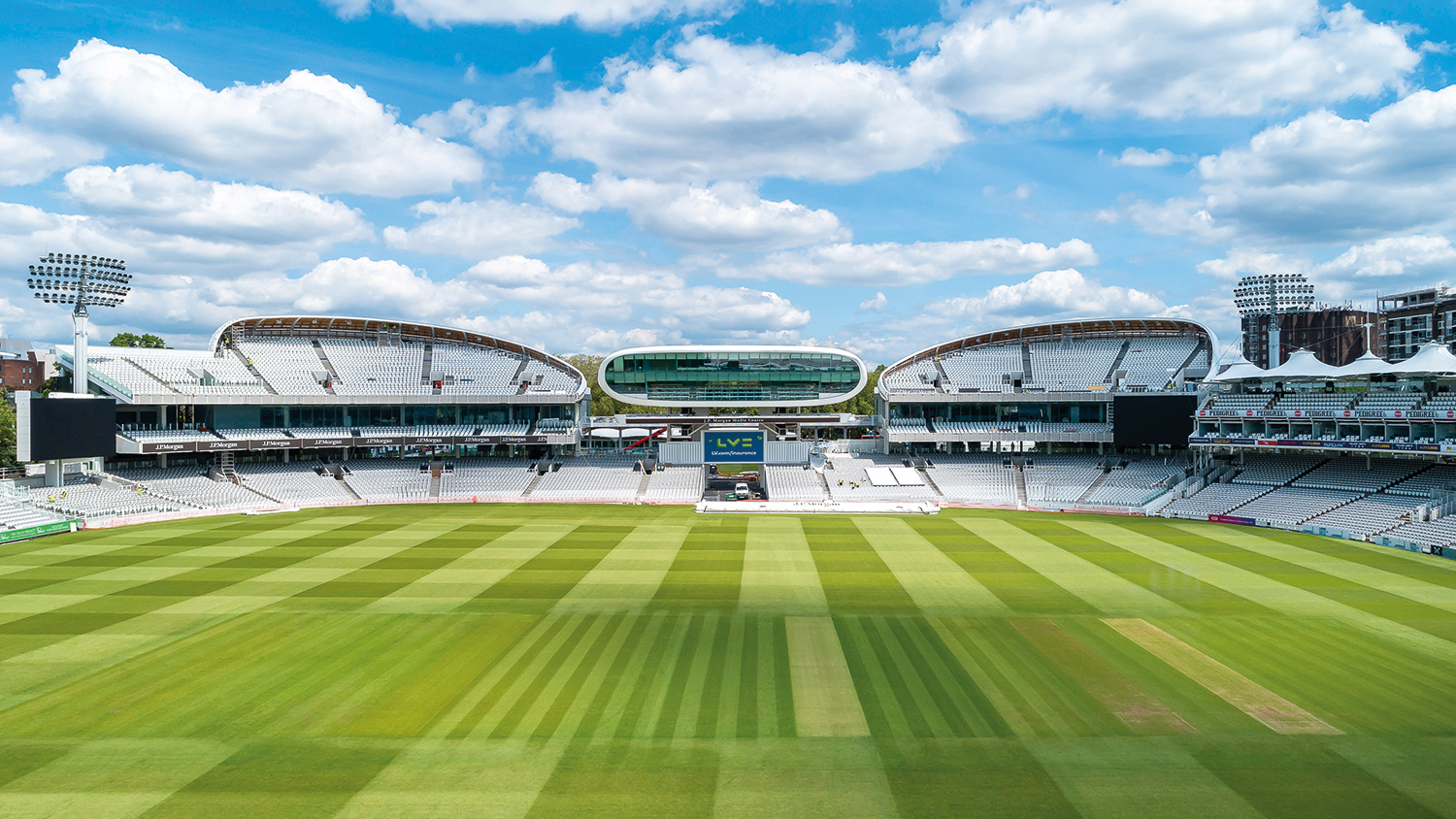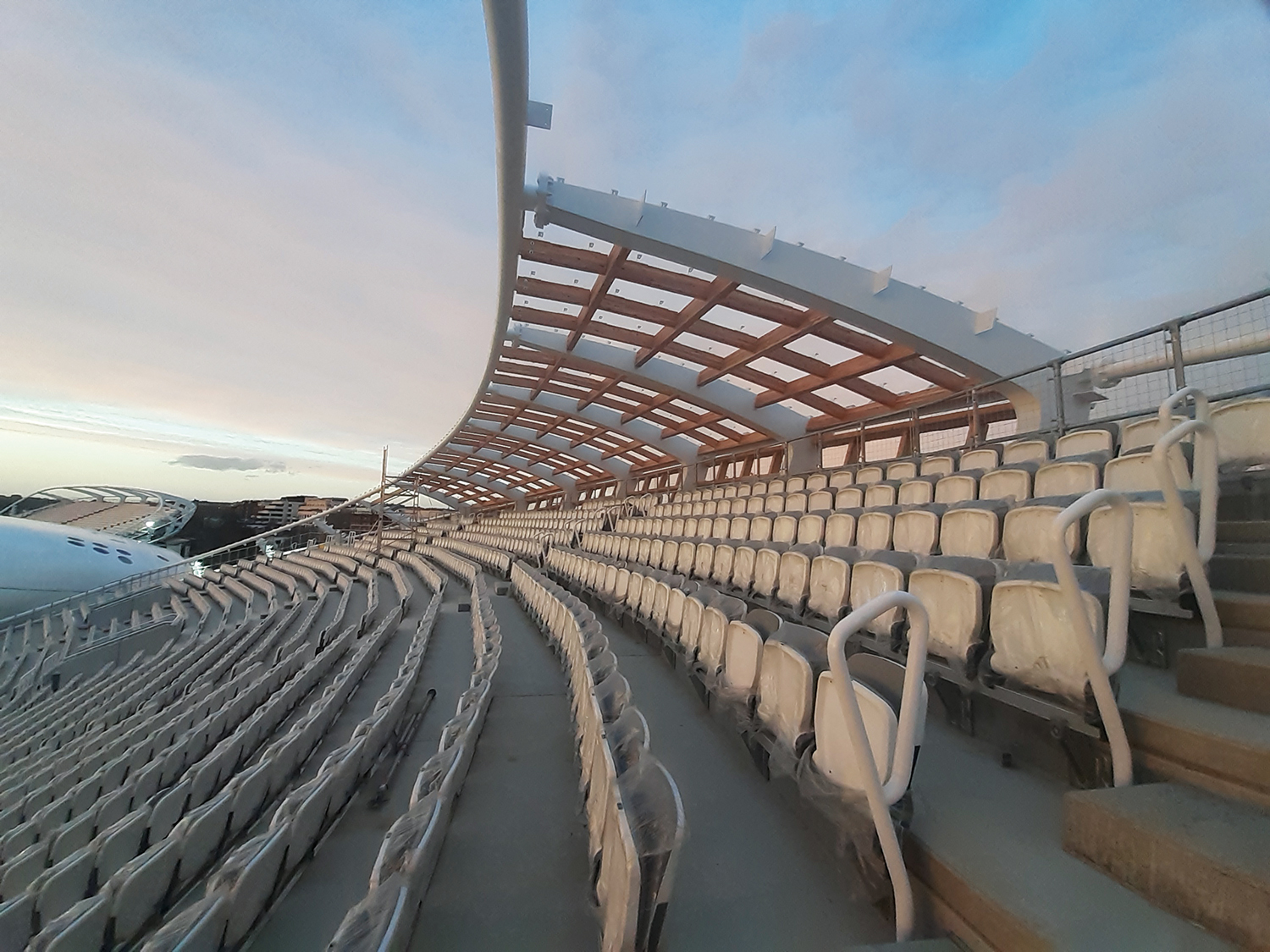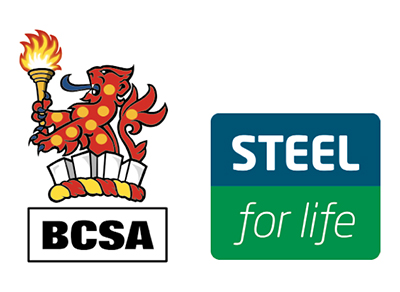
Forming part of Marylebone Cricket Club’s (MCC) ongoing masterplan to redevelop Lord’s Cricket Ground, two new stands have transformed the Nursery End of the arena.
Positioned either side of the media centre, the new three-tiered Compton and Edrich stands have increased the capacity of the two stands from 9,000 to 11,600 seats.
The redevelopment is said to have vastly improved sightlines, removing obstructed-view seats while creating new wheelchair spaces and additional accessible seating – and adding a steel-framed roof, which partially covers the top tier.
Award: Lord’s Cricket Ground, Compton & Edrich Stands Redevelopment
Architect: WilkinsonEyre
Structural engineer: Buro Happold
Steelwork contractor: Severfield
Main contractor: ISG Construction
Client: Marylebone Cricket Club
“The design programme presented a significant challenge and we carried out a detailed design, programming and cost option study, which determined steel being selected for the main frame, where the initial project assumptions had been for concrete,” explains Buro Happold senior project consultant Paul Eddleston.
“Sports projects typically need to respect the event calendar and this was no exception. Optimising the design for minimum construction time enabled the ambitious programme to be realised, although the programme developed during phase one of construction coincided with the Covid-19 pandemic and the cancellation of spectator sports.”
Column support
In cross-section, the structures are predominantly supported on two main columns, with further support to the lower tier. The outer column is pin-ended to respond to the aesthetic requirement of presenting a lighter colonnade facade. The inner column provides the lateral and longitudinal strength and stiffness.

To achieve this, the inner column is a 1,400mm x 500mm fabricated box with 100mm-thick base plates anchored with Macalloy bar assemblies. For aesthetic appeal, the steelwork is largely exposed in the completed structures.
The design and detailing of the connections and splices needed to respond to these specific requirements as well as catering for the significant forces being transferred through them.
To develop the required structural stiffness, the terrace rakers were designed to be continuous through the main supporting column. This required them to be deep fabricated sections, while the back-span element was designed to gently taper to the outer facade to maintain the aesthetic brief for the external view.
The roof is created by a series of curved, plated rafters located on primary grids, which in turn support the timber waffle and tensioned membrane covering.
“A considered composition to complement the ground’s historic festival atmosphere, while accommodating spectators in style and comfort. The apparent easy symmetry belies the difficulties of planning sensitivities, timetable, site and ground constraints that were overcome.”
Challenging architecture
The project was challenging in its complex architectural steelwork and very tight programme. There was less than a year for the old stands to be demolished, new piling and foundations installed, and the new stands built, before the start of the 2021 cricket season (later postponed due to Covid-19 restrictions).
“Offsite manufacture was a major benefit of using steelwork as it meant the erection of the stands could be done quickly and efficiently,” says Eddleston. “As there were many awkward interfaces between the steelwork rakers and precast terrace units, the use of BIM allowed the design team to ensure coordination in the 3D environment using the fabrication models for both prefabricated elements.”
The lead-in period was condensed further by a detailed value-engineering process, involving Severfield, ISG and the design team, which ensured the contract was as effective and cost efficient as possible – and ultimately ensured that MCC provided final sign-off for the project to go ahead.
Produced by the BSCA and Steel for Life in association with Construction Management











